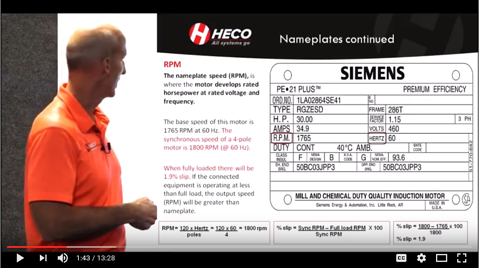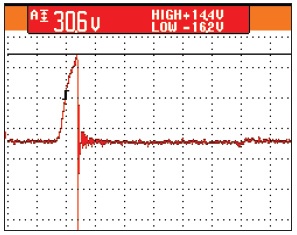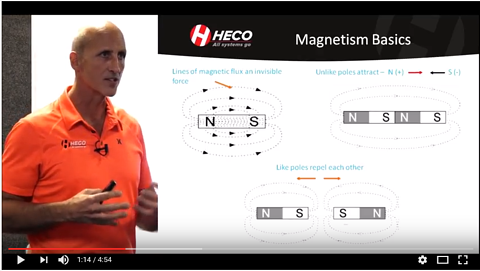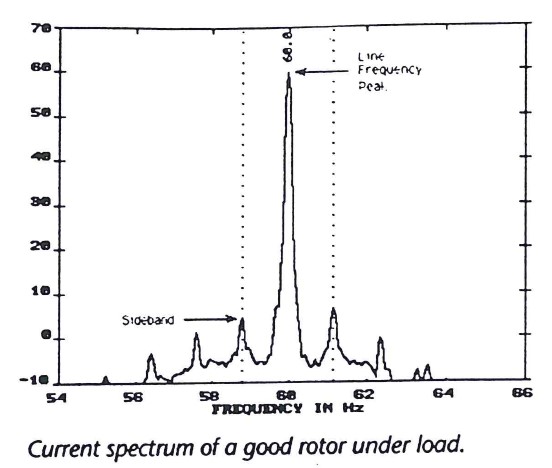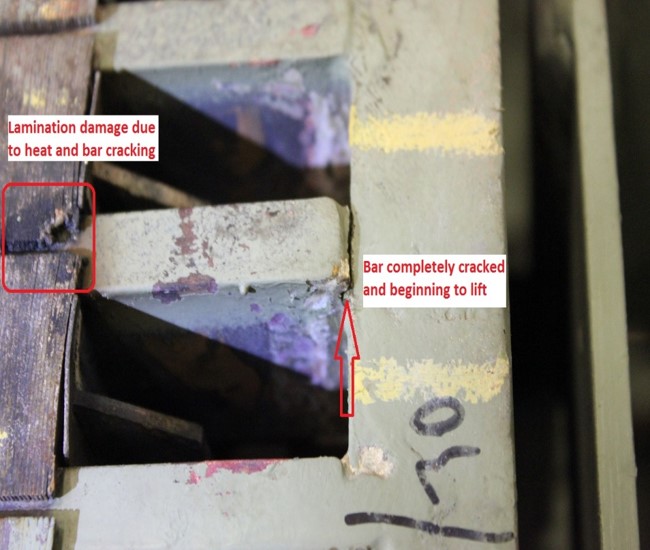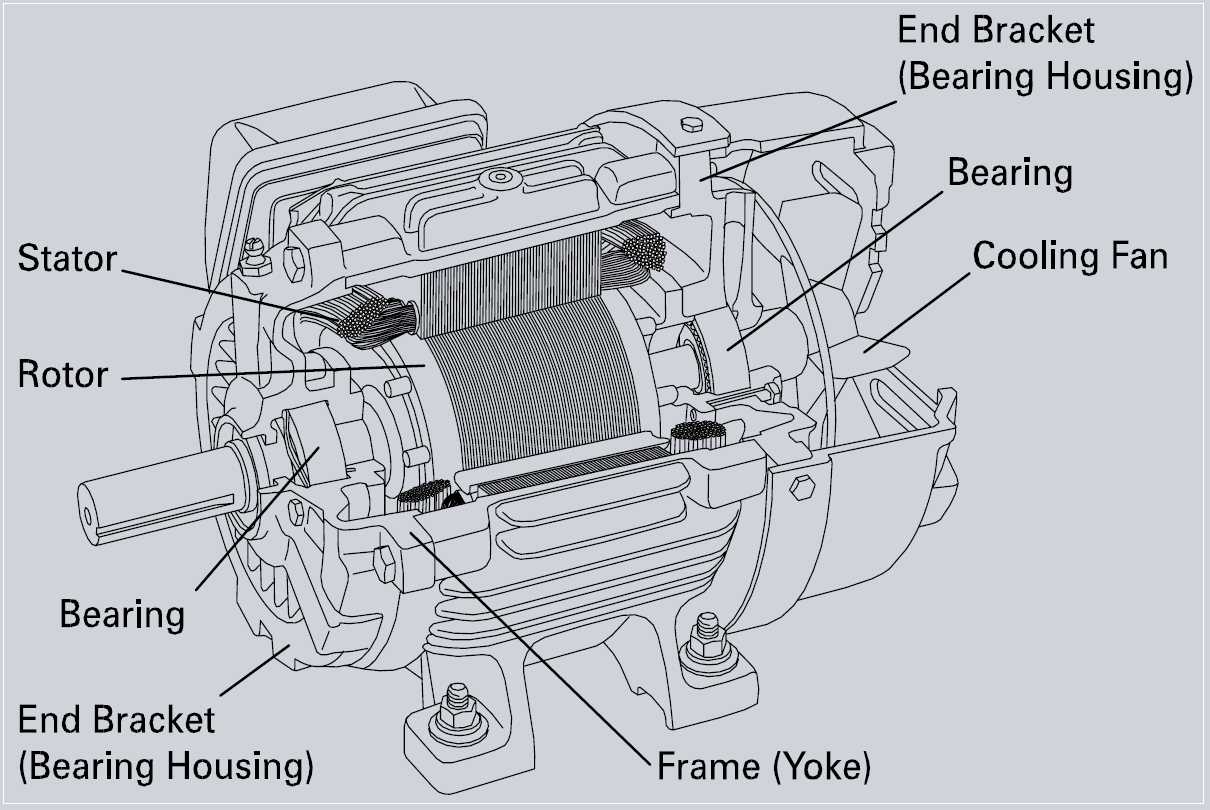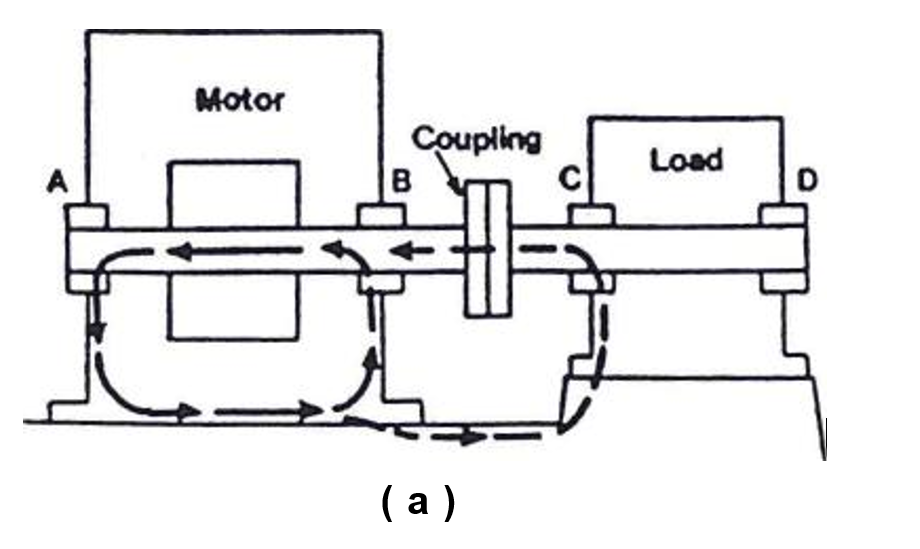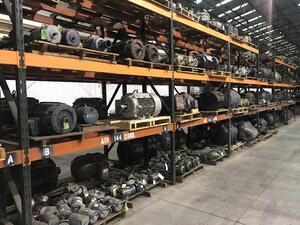
Proper Storage Practices for Spare Electric Motors
April 18, 2018
Many companies have spare electric motors in their warehouse in the event of a critical motor failure. Many times this can be an intelligent decision, allowing for quick change out in the event of a failure (or pending failure) or during a scheduled outage or shutdown. It is important to have a plan for when …

